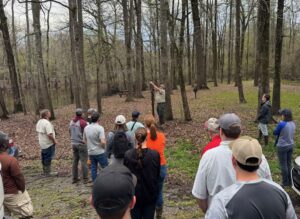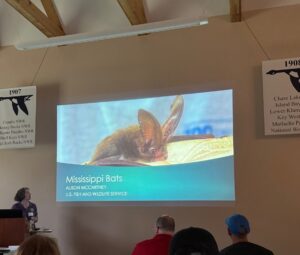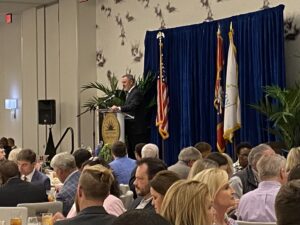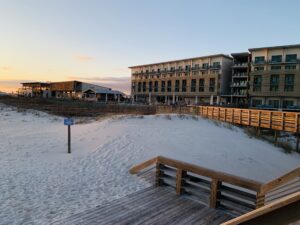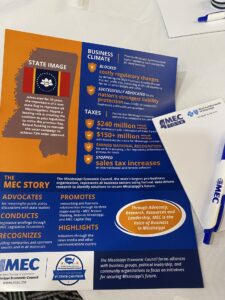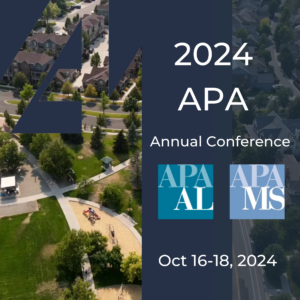Permitting: AllenES prepared an Industrial Landfill Solid Waste Permit Application Report to permit a 46 acre industrial landfill. The permitting scope of work for this project involved performing site surveys, evaluating siting criteria requirements, preparing geologic and hydrogeologic reports, developing liner designs, final cap designs, preparing operating plans, and performing slope stability analyses to determine the final elevations for stacking waste sludges.
Due to site constraints, a storm water management system was developed which will collect all rainwater and route it through the facilityʼs wastewater treatment process for subsequent NPDES discharge. Wetlands permitting was required as part of this work for the facility as well. AllenES performed wetland delineations, threatened and endangered species reports, cultural resources reports, and prepared a wetlands permit application report for submittal to the U.S. Army Corps of Engineers.
Construction Documents: In addition to preparing permit documents, AllenES prepared construction documents including Construction Drawings, Specifications, and Bid Package for constructing Phases 1and 2 of the landfill.
Development of Phase 1 consisted of approximately 14 acres of landfill construction including composite bottom liner and leachate collection system, storm water management plans, leachate management plans, construction of a new access road with a stream crossing, and overhead crossing of an existing county road. This work also involved rerouting and upgrading the existing county road.
Certification and Engineer of Record: AllenES provided the Certifying Engineer and served as the Engineer of Record for the construction of Phases 1 & 2 industrial landfill, a new access road, upgrades and rerouting of an existing road, construction of a waste handling conveyor, and associated utilities. The Certifying Engineer was responsible for project oversight to insure compliance with the solid waste permit and construction drawings.
Project Management: AllenES also served as the Project Management Team for the construction of the industrial landfill, a new access road, upgrades and rerouting of an existing road, construction of a waste handling conveyor, and associated utilities.
Monitored the construction as clientʼs representative, created an as-built set of drawings, and communicated the change requests as required to maintain permit compliance. The project management team communicated constantly with the contractors and client to ensure that all contractors working on the project are scheduled to achieve the maximum productivity and minimize lost time from conflicts.
Conduct a weekly construction meeting with the Contractor and owner to discuss scheduled activities. Agenda for the meetings will include a discussion of project events during the previous week and upcoming week, Contractorʼs adherence to schedule, status of action items.
Prepare daily inspection reports documenting a summary of the work activities, the Contractorʼs equipment/manpower present on-site, material/equipment deliveries, geotechnical/geosynthetic field testing results, protection of stored materials, construction not in accordance with applicable specifications/regulations, and corrective actions taken.
Developed a Project Management Plan (PMP) which outlined the framework for monitoring, managing, and reporting the status of the project. The PMP consisted of the following plan components.
- Vision/Critical Success Factors
- Schedule, Resources Loading, and Financial Plan
- Project Team Roles and Responsibilities
- Earned Value Worksheet
- Budget Worksheet
- Document Distribution
- Quality Control Plan
- Communication Plan
- Change Management Plan action on the change
- Risk Management Plan
